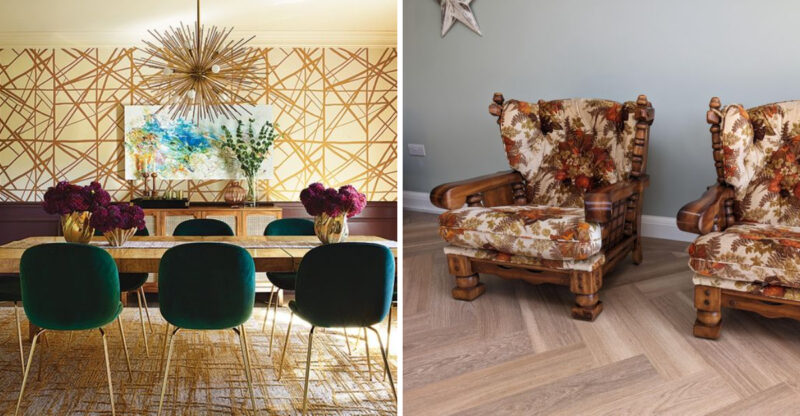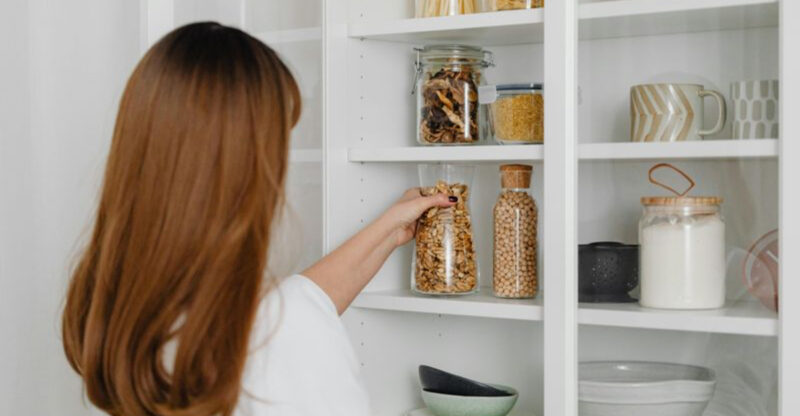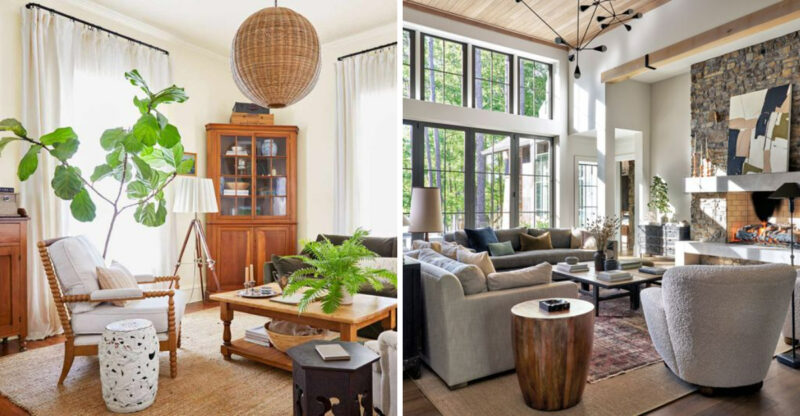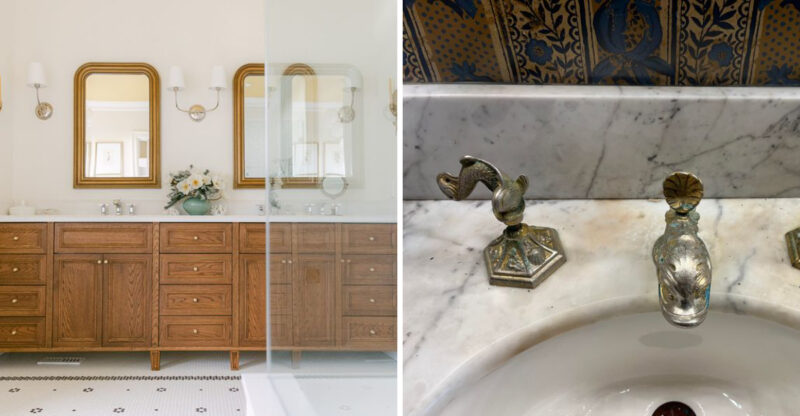Yard Features That Could Negatively Affect A Home’s Appearance
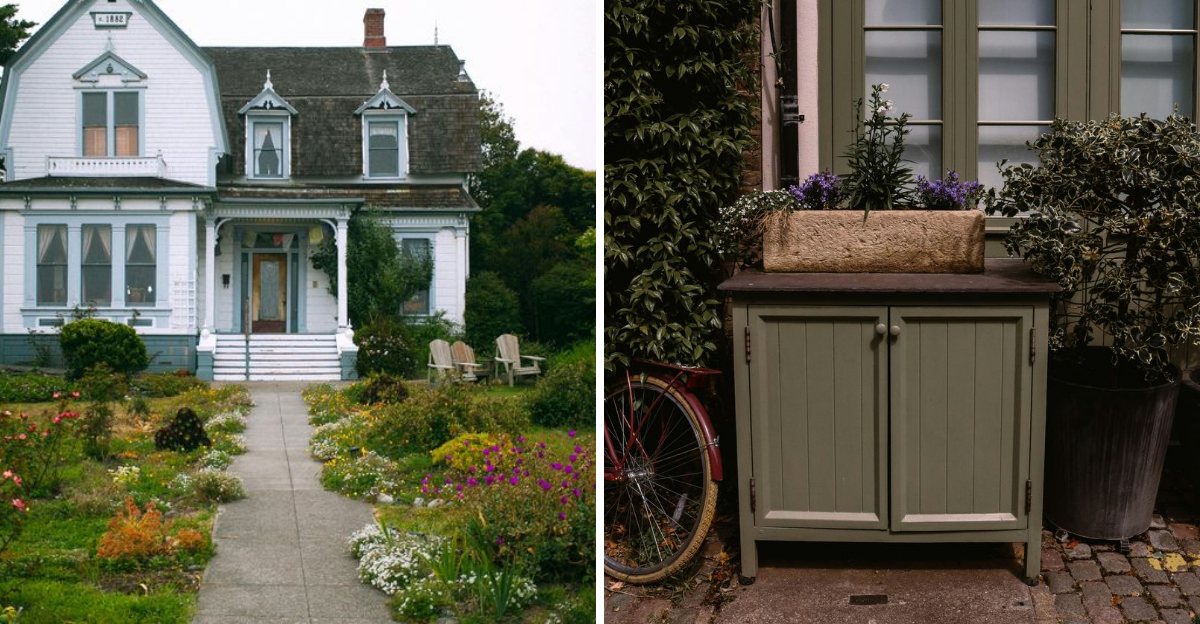
Your yard serves as the first impression visitors have of your home. Unfortunately, certain landscaping choices can detract from your property’s overall appeal rather than enhance it.
From overgrown vegetation to mismatched decorations, these yard features might be sending the wrong message about your home and potentially even affecting its value.
Beauty is subjective, these suggestions aim to highlight common curb appeal concerns, but your personal style and neighborhood context should always guide your choices.
1. Overgrown Lawn and Weeds
Nothing screams neglect louder than knee-high grass dotted with dandelions and crabgrass. Regular mowing becomes impossible when growth reaches this stage, creating a messy appearance that suggests the entire property might be poorly maintained.
Weeds also compete with grass for nutrients, gradually taking over your lawn entirely. Even beautiful homes can appear abandoned or unloved when surrounded by an untamed jungle of grass.
2. Broken or Mismatched Fencing
Fences with missing slats, rusted metal, or sagging sections create an impression of disrepair. The patchwork effect of different fence styles or materials cobbled together appears haphazard rather than intentional.
Even worse are temporary fixes that became permanent – like that chain-link section in an otherwise wooden fence. Boundary markers should provide security and aesthetic continuity, not draw attention to themselves for all the wrong reasons.
3. Excessive Lawn Ornaments
That collection of garden gnomes might seem charming to you, but potential buyers or neighbors might see visual clutter. When flamingos, concrete animals, and whirligigs populate every square foot of green space, your yard transforms from garden to gallery.
The problem intensifies when these decorations fade, chip, or fall into disrepair. A curated selection of quality ornaments can enhance a landscape, but overcrowding creates a chaotic impression that distracts from your home’s architectural features.
4. Poor Drainage Systems
Puddles that linger days after rainfall create more than just muddy shoes. Standing water damages grass, creates breeding grounds for mosquitoes, and indicates potential foundation problems.
Erosion patterns from improper drainage carve unsightly channels through otherwise level lawns. The resulting mud splatters on your home’s exterior walls create a perpetually dirty appearance. Fixing these issues often requires professional grading or installation of proper drainage solutions to prevent water from pooling around your property.
5. Dead or Diseased Plants
Brown, withered shrubs flanking your entryway send a message of neglect rather than welcome. Plants affected by fungal diseases or pest infestations spread their problems to neighboring greenery, creating expanding zones of decline.
Skeletal tree remains standing as monuments to procrastination particularly damage curb appeal. Even one prominently placed dead plant can become the focal point for all the wrong reasons. Regular inspection and prompt removal or treatment of struggling plants prevents this domino effect of declining yard health.
6. Inappropriate Plant Choices
Palm trees might be your favorite, but they look strikingly out of place in northern climates where they struggle to survive. Plants that are too large for their spaces eventually create maintenance nightmares as they encroach on walkways or buildings.
Mixing plants with vastly different water or light requirements results in some always looking stressed. Climate-inappropriate choices lead to constant replacement costs and perpetually struggling landscapes. Selecting native plants adapted to your local conditions creates a more harmonious, sustainable yard that enhances rather than detracts from your home.
7. Cluttered Storage Areas
Garbage cans perpetually visible from the street create an unwelcoming first impression. Piles of construction materials intended for “someday” projects gradually weather and deteriorate in full view of neighbors and visitors.
Sports equipment, children’s toys, and garden tools scattered across the yard suggest disorganization. Even functional items like firewood can detract from appearance when stacked haphazardly or in prominent locations. Creating dedicated, screened storage areas keeps necessary items accessible while maintaining a clean, organized appearance.

